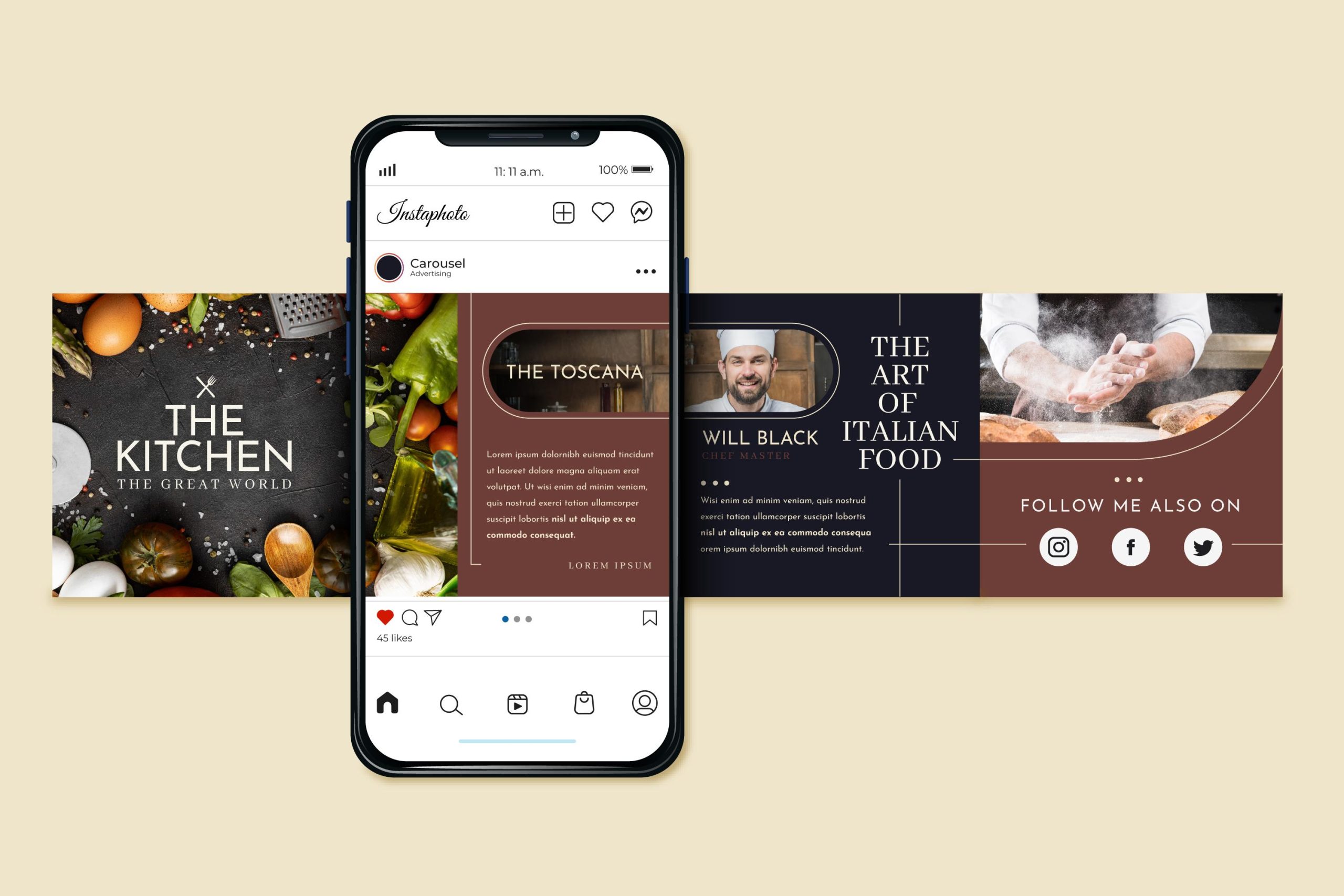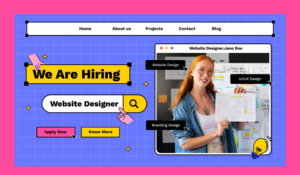If you have started reaping the rewards of your social media investment, you already understand how important social media is to every business. It is no longer considered merely a marketing tool but rather the most effective way to connect with today’s younger generations. It’s a free avenue for you to interact with your clients on a more personal level, give them a peek behind the curtain, and provide them with additional information about your company. But how can you make that happen? by writing quality copy!
11 social media copywriting tips
- Establish your tone and voice
What impression do you want to make? You could be serious or enthusiastic, relatable or humorous. Think about what would best represent your company’s image. It’s crucial to grasp the voice and tone you want to convey because you can’t discern emotions in a short copy. Whatever you decide, avoid using abbreviations or formal language because you are supposed to be social on social media. - Keep it simple
Most people don’t read captions or your wordy copy on social media. That’s why you need to refrain from creating wordy and complicated posts. To increase the likelihood that readers will interact with your copy, you want visitors to be able to quickly understand it without thinking too much. - PAS (Problem, Agitate, Solve)
At every chance you get, you want to use your copy to demonstrate to your audience how your service or product improves their quality of life. So, how do you intend to accomplish that? By concentrating on providing answers to their challenges. Challenges are presumably in excess supply among your audience, so take advantage of them. Present a problem. Agitate that problem without seeming pessimistic—that would make you a downer. When the solution finally arrives, the crowd will surely erupt. - Be brief and to the point
As a result of people’s limited attention spans, the key idea of your communication should be prominently displayed. People are more likely to interact and click through to the content you want them to view if your postings are brief. If you are launching a new product for instance, you should publish a tweet announcing it and highlighting its standout feature. Afterward, you can include a link to the product page, which goes into further depth on the benefits of the product. Assume as you write that the reader of your post is unfamiliar with your product or service. You’ll be forced to write succinctly and clearly as a result.
- What do they think of you?
Everyone enjoys expressing their opinions. Take advantage of that! Ask open-ended questions that your followers will love responding to. As a result, your message will receive more engagement, which all social media algorithms will ultimately perceive well.
You can also get feedback from your viewers. If you’re launching a new product for instance, you can post a teaser to ask your audience what they think of it and get first-hand user suggestions. Their suggestions can help you produce a product that your target market would love!
- Feelings are a strong tool
You should aim to inspire emotion in your copywriting if you want to increase engagement. You basically have two options: negative or positive emotions. While some businesses rely on emotion to evoke a positive response, others thrive on controversy. Whatever option you select, keep in mind that it ought to match your brand’s tone and image. Continue being personable and friendly. After all, social media should be social! - Be discoverable
There is some misunderstanding of hashtags. So let’s examine their purpose. Hashtags on social media serve to identify the subject of your post. They facilitate finding your material. As a result, we recommend that you use them, but do some hashtag research nonetheless. So that you don’t end up using 30 tags in your content, find out which hashtags your audience uses.
Though hashtags are used on almost all platforms, each one has its own set of best practices. Find out where your target audience is by conducting research in those areas. Then, find out how to use hashtags on those particular networks most effectively. In your text and in the appropriate context, you might also include hashtags. This will make it easier for the readers of your piece to find more sources of inspiration.
- Consistency is essential
Regardless of the platform you’re posting on, maintain your brand voice. While it may be tempting to sound like the young people on TikTok, doing so runs the danger of making your brand appear inconsistent. This will undoubtedly mislead your supporters and give your brand multiple personalities. It is therefore preferable to maintain consistency in your speech and voice. - Be aware of your character restrictions
You must take into account the word limits that each platform imposes. For instance, a post on Twitter can only be 280 characters long, whereas a post on LinkedIn can be a massive 3,000 characters. Although you don’t have to use all the characters since people often lose interest when faced with a wall of text. This is why your copy should be concise and easy to understand if you want people to read it and interact with it. - Consistency with active voice
Always write in an active voice if you want your audience to be interested. Why? because active voice phrases are typically shorter and simpler to read. They improve the clarity of your writing as opposed to passive voice, which usually results in longer phrases. The passive voice might come off as evasive. The statement “Prices are to be reduced” immediately raises the query “by whom?” However, “we decided to cut our pricing” is far more understandable and obvious. It also has a more intimate sense. - Constantly employ a CTA
Your post has been viewed and read with interest by your followers. Now what? They can either continue to scroll without doing anything, or you can direct them to take action. A call to action (CTA) ought to be placed at the end of your post. Tell your audience what to do after reading. You might want people to place an order or subscribe to your newsletter or social media pages for instance.
Practice and repeat, or get professional help
If you don’t get everything right the first time, it’s okay. Just continue to practice. Whatever you write, always keep your audience in mind. After all, your aim is to get in touch with them or have them take action.
You should be able to create engaging social media copy quickly if you keep all of these suggestions in mind. But if you need further assistance or have time constraints, Branbloc can handle everything from social media copywriting to design for you without breaking the bank.






